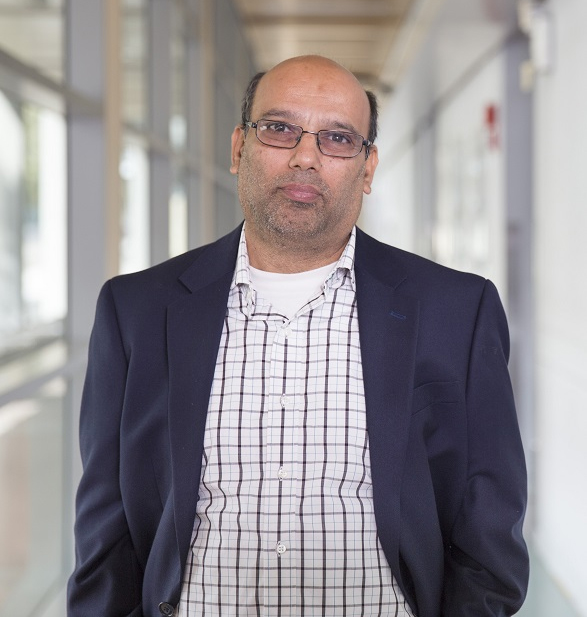MIPSE Seminar
Z-pinch Research at UC San Diego
This event is free and open to the publicAdd to Google Calendar

Abstract
The Z-pinch is one of the most well-studied methods for high energy density plasma generation. Z-pinches have been used for applications such as thermonuclear fusion and as intense x-ray sources. The High Energy Density Physics Group at UC San Diego has an extensive experimental and modeling program across a variety of Z-pinch devices. The focus in this presentation is on gas puff Z-pinches and Dense Plasma Focus (DPF). These devices are highly susceptible to the Magneto Rayleigh-Taylor Instability during the implosion which can disrupt the plasma column. Experiments were conducted on the CESZAR linear transformer driver (LTD) with ~500 kA, 160 ns current pulses in a gas puff configuration. The effect of varying gas species was studied using metrics like instability amplitude and energy coupling. We demonstrate that low-impedance LTDs can implode a variety of gas puff loads with an energy coupling efficiency of ~10%. 2-D magnetohydrodynamic simulations of Ne-liner, deuterium-target gas-puff loads show that the tradeoff between stability and yield can be reduced by density profile tailoring – adding a second liner. Work on DPFs has focused on a 4.4 kJ, 280 kA DPF at UCSD and the 2 MJ, 2-3 MA Gemini DPF at the Nevada Test Site. Experiments on the UCSD DPF have shown a significant effect of insulator surface conditioning on x-ray production. The Gemini experiments focused on rare gas additions to deuterium. MHD simulations of the Gemini DPF provide evidence of an increasing fusion yield and tighter current sheaths with increased dopant concentration.
About the Speaker
Farhat Beg is a Professor of Engineering Physics at the Department of Mechanical and Aerospace Engineering at the University of California, San Diego. He received his Ph.D. from Imperial College London. His expertise is in the field of laser plasma interaction, pulsed power-driven X- and Z-pinches, and neutron sources. He has published over 250 papers in refereed journals, including Nature, Nature Physics, Nature Photonics and Physical Review Letters, with total citations exceeding 9000 and with an H-index of 50, according to the ISI Web of Knowledge. He is the fellow of the American Physical Society, the Institute of Electrical and Electronics Engineers (IEEE) and the American Association for the Advancement of Science (AAAS). He has been a winner of the Department of Junior Faculty Award (2005) and IEEE Early Career Award (2008). This year he received IEEE Plasma Science and Applications Award. He has served as the Chair of the High-Energy Density Science Association (HEDSA) in 2009/10 and in 2017/2019 and NIF/Jupiter User group in 2017/2019.
The seminar will be conducted in person and simulcast via Zoom; it is free and open to the public. Please check the MIPSE website for additional information and requirements for in-person and remote attendance: https://mipse.umich.edu/seminars_2122.php
 MENU
MENU 
